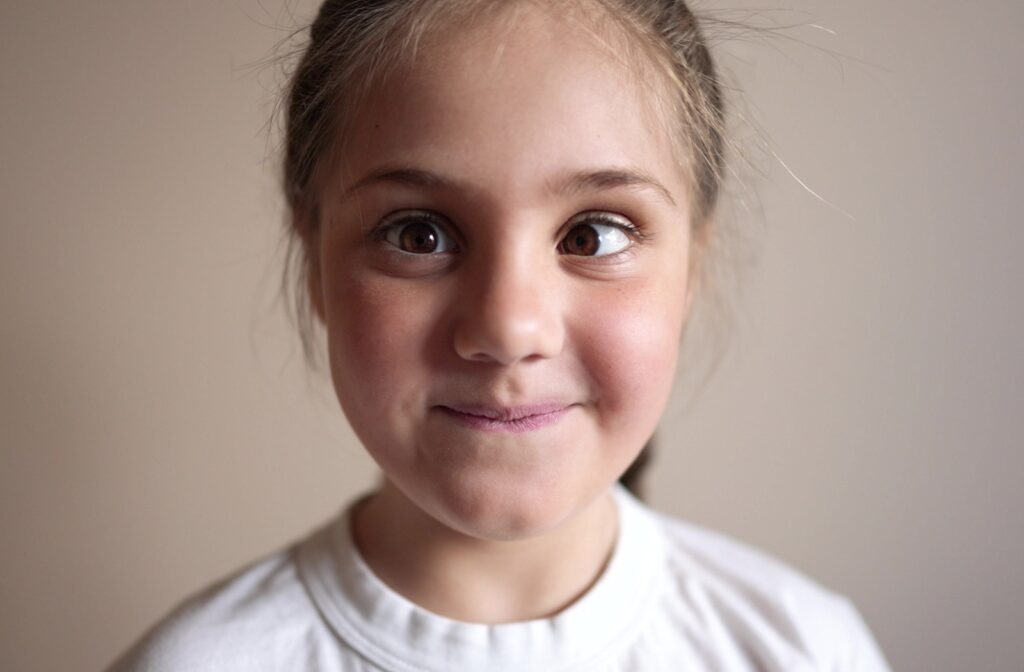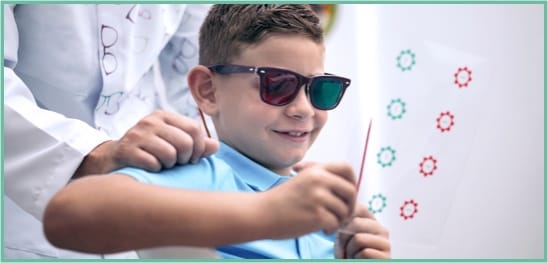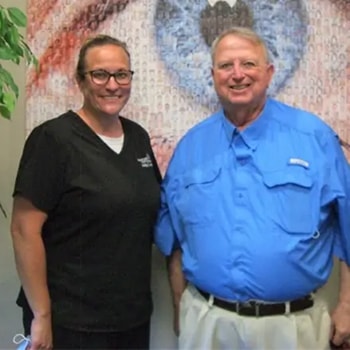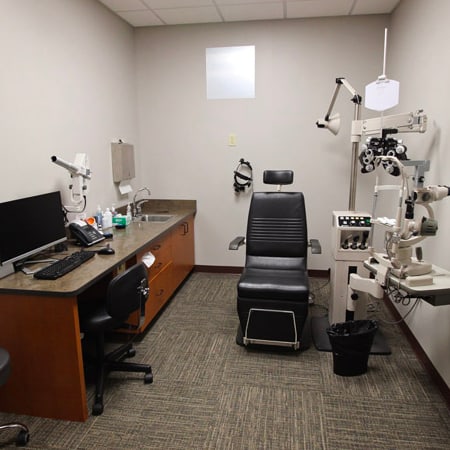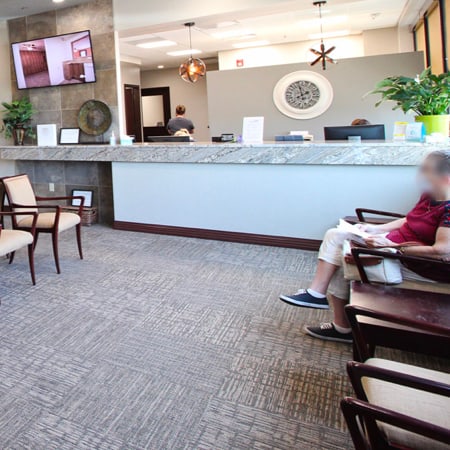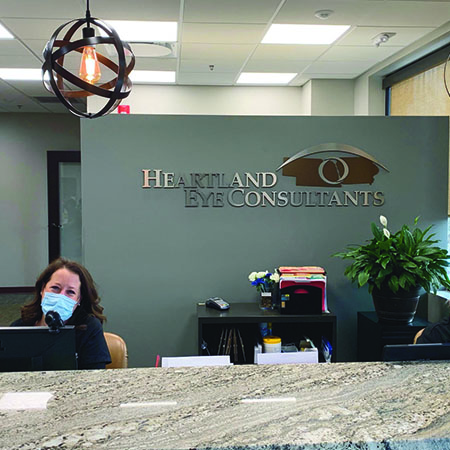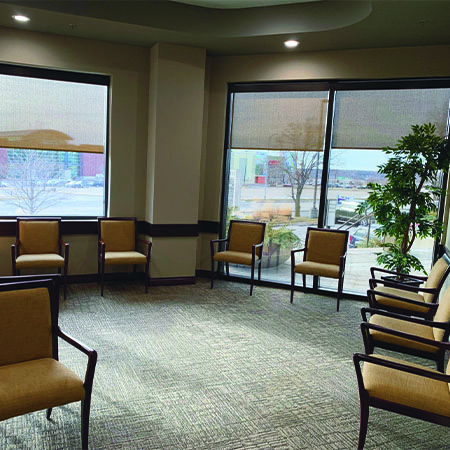If you notice that your or your child’s eye turns in, out, up, or down, you likely have questions about what’s happening. This condition, known as strabismus or an eye turn, means that the eyes do not align to look at the same object together. This guide can help you understand the causes and what steps you can take.
An eye turn is often related to how the eyes, brain, and body work together as a system. The first step in addressing an eye turn is to undergo a comprehensive evaluation with an eye doctor who examines the entire visual system. This helps identify the underlying cause and find a path toward better visual function.
What Is an Eye Turn and Why Does It Happen?
An eye turn occurs when the 6 muscles that control eye movement do not work together in a coordinated way. While many factors can contribute to this, from genetics and developmental history to your daily habits, posture, and even stress can play a part.
Common Signs of an Eye Turn
- One eye that wanders or does not look straight
- Blurry or double vision
- Headaches or eye fatigue, especially after reading
- Difficulty with focus when you look from near to far
- Closing one eye to eliminate double vision
- Loss of place while reading
- Tilting your head to see more clearly
What to Do About Strabismus/Eye Turn?
Your first step is a thorough evaluation from an eye doctor. Not all eye exams are the same, so you may want to find one that looks at how your eyes, brain, and body work together. Some eye doctors offer assessments that can help identify the root cause of the eye turn.
Can an Eye Turn Be Corrected?
Yes, several approaches can help improve eye alignment and coordination. Treatment is not just about making the eyes appear straight; it’s about helping them work together more efficiently. An effective plan is personalized to your specific needs and what you want to achieve with your vision.
Common Treatment Approaches
- Corrective lenses: Specialized glasses with prescription lenses or prisms can help realign how your eyes and brain communicate, reducing strain.
- Vision therapy: A personalized program of exercises can help retrain the eyes and brain to improve tracking, focusing, and eye-teaming skills.

Is There an Age Limit for Strabismus Correction?
Many believe that an eye turn can only be addressed in childhood, but treatment can be effective at any age. While the approach may differ between children and adults, the goal is the same. The focus is always on improving visual function and comfort.
Treatment for Children
For children, early action is helpful because their visual system is still developing. Addressing an eye turn with a program like vision therapy for kids can support their performance in school, sports, and other daily activities, setting them up for more comfortable vision as they grow.
Treatment for Adults
Adults with a lifelong eye turn or one that developed more recently can also find help, as vision therapy for adults is also an effective option. Many adults report fewer headaches, better reading endurance, and more visual comfort after completing a treatment program. It’s not too late to work toward more efficient vision.
What Are the Long-Term Effects of an Untreated Eye Turn?
When an eye turn is not addressed, the brain may start to ignore the image from the misaligned eye to avoid seeing double. This can lead to a condition called amblyopia, sometimes known as a lazy eye, where vision in that eye is reduced. Over time, an untreated eye turn can also affect depth perception, contribute to chronic headaches, and cause ongoing eye strain.
Simple Changes for Better Visual Health
In addition to professional care, you can make small adjustments to your daily routine to support your visual system. These simple practices, sometimes called visual hygiene, can help reduce eye strain for everyone, not just those with an eye turn. These habits can support overall visual comfort.
Improve Your Posture and Workspace
Try to sit up straight with your feet flat on the floor. If you work at a computer, position the monitor so your eyes are looking slightly downward. Using a sloped surface or slant board for reading can also reduce neck and eye strain.
Take Regular Visual Breaks
You can follow the 20/20/20 rule to give your eyes a rest. Every 20 minutes, look at something at least 20 feet away for 20 seconds. This allows your eye muscles a chance to relax from close-up work.
Expert Care for Every Aspect of Your Eyes
When searching for an eye doctor, consider a practice that offers a comprehensive approach to vision care. Finding a professional who assesses the entire visual system can provide a clear picture of your needs. An exam that looks beyond 20/20 eyesight is a great place to start.
At Heartland Eye Consultants, we take the time to understand your unique eyes and create a personalized plan. If you have concerns about an eye turn, we invite you to schedule a consultation with our team. We are here to help you find a path toward better visual function.


